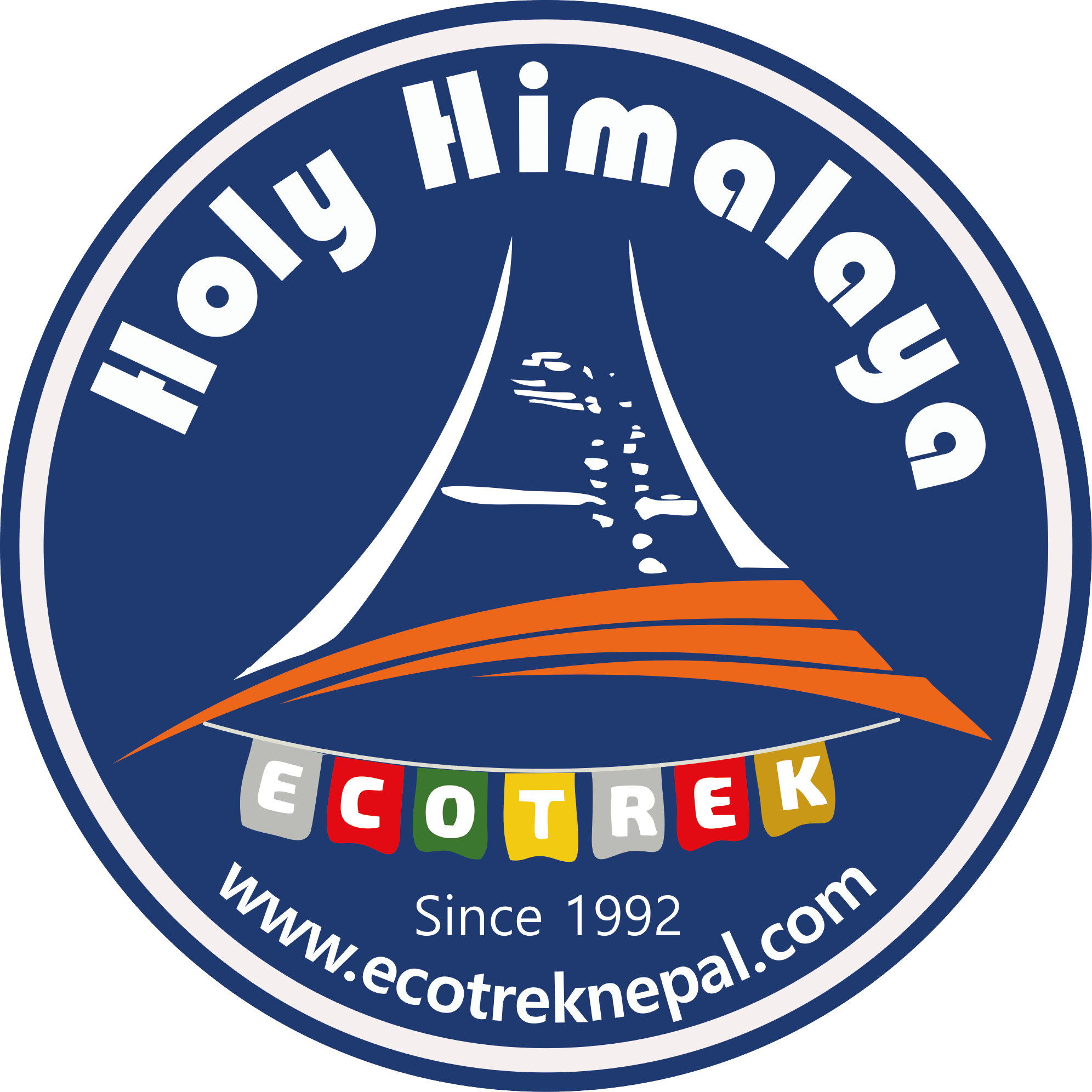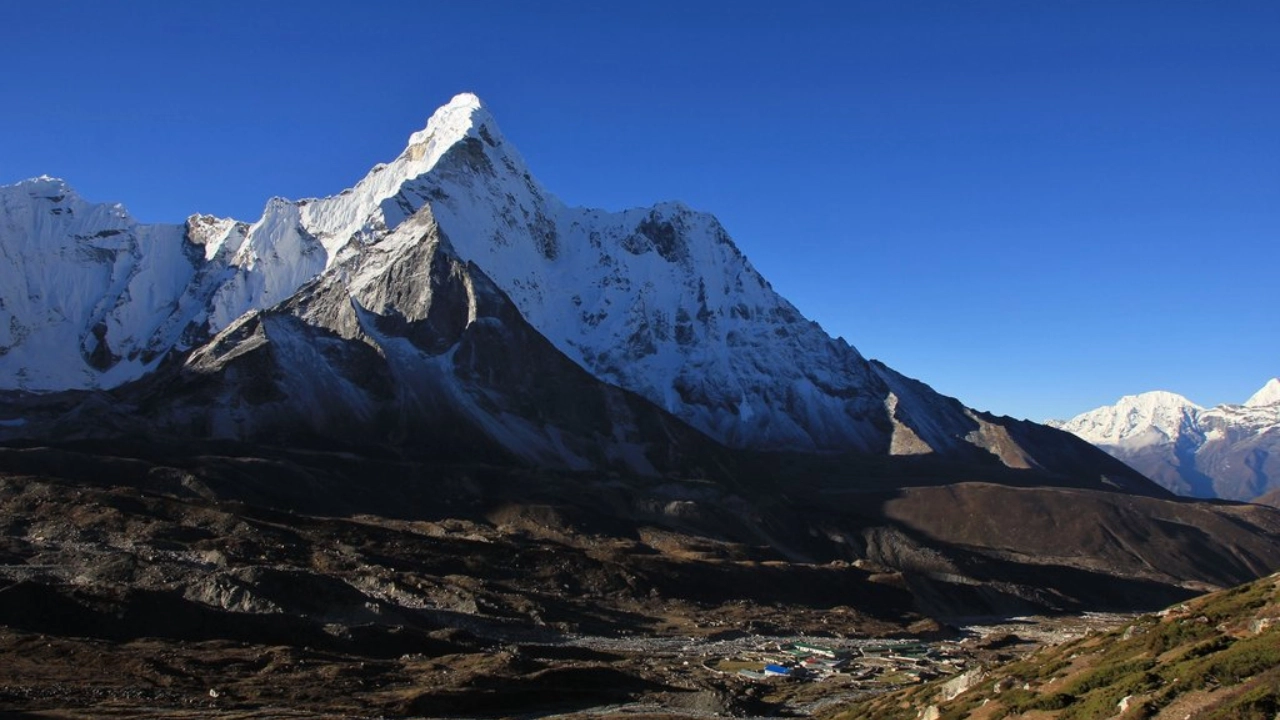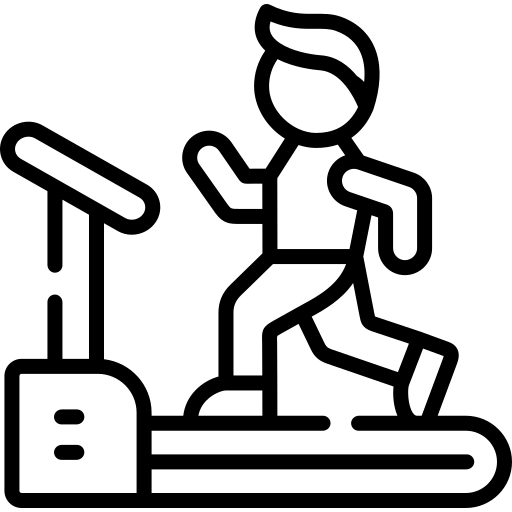
Everest Three Passes Trek
Tour snapshot
20 Days
2 persons
Nepal
Everest Region
Overview
The Everest Three Passes Trek with EBC is the most thrilling and adventurous trek in the Everest region. Those who want to add a little more adventure to the already popular Everest Base Camp should consider crossing the three high alpine passes: Kongma La Pass at 5,535 meters, Cho La Pass at 5,420 meters, and Renjo La Pass at 5,340 meters. This trek crosses paths that are normally not accessible through the standard Everest Base Camp trek. The Everest three-pass trek offers breathtaking Himalayan landscapes while crossing high passes. The itinerary for this trek covers all three high passes, Everest Base Camp, Kala Pathar, and the Gokyo Lakes, in a single push. The routes of this trek are well marked as they lead through lush forests, raging rivers, thrilling suspension bridges, glacial lakes, and stunning mountain vistas. This trekking route offers some of the most spectacular scenery and mountain views in the world, including Everest (8,848.86 m), Lhotse (8,516 m), Makalu (8,485 m), Cho Oyu (8,188 m), and the Gokyo Lakes (from 4,700 to 5,000 m).
The duration of the Everest Three Pass trek can go up to 17-22 days, depending on the itinerary, whether acclimatization days are included, and so forth. This trip is considered very strenuous, requiring one to walk continuously for approximately 6-7 hours every day.
Highlights
- Conquering three legendary high-altitude passes: Kongma La (5,545m.), Cho La (5,420m.), and Renjo La (5,360m.
- Enjoy the stunning vistas of Everest, Lhotse, Makalu, Cho Oyu, Ama Dablam, Nuptse, Taboche, and Thamserku.
- Explore hidden gems and off-the-beaten paths in the Everest region.
- Trek alongside the raging rivers and through the lush green forests.
- Enjoy heart meals at cosy tea houses and lodges along the trail.
- Create adventure memories and achievements for a lifetime.
Itinerary




















Included/Excluded
Service Fee Only, Explore Nepal Fully!
Select Dates
{{type.name}}
{{type.display_price}} per person
Guests
Extra prices:
- {{total_price_html}}
- {{pay_now_price_html}}
FAQs about Everest Three Passes Trek

The scenic view of the Everest region and unparalleled views of the Himalayas will be viewed on our trek. The daily treks will be approximately 5-7 hours, and the distance covered will be about 8–20 kilometers. The trek is plausible for beginners too, but it is highly recommended to prepare with general training like hill climbing, stair climbing, jogging, and gym workouts to enhance stamina. This is a very viable trek well into one's early 70s, if health and preparation are good. The highest altitude we reach is at Kalapatthar, which is 5545 meters and offers fantastic views of the world's highest peaks. Any treks equipment such as walking poles, water bottles, and rucksack are available in Kathmandu near to our hotel. Prepare yourselves for a once-in-a-lifetime journey amidst the splendor of the Himalayas.

Preparing for the Everest Base Camp trek doesn't require being a seasoned runner, but it does entail physical readiness to enhance your enjoyment and comfort. Prioritize brisk walks with a weighted pack, cycling, or swimming to boost cardiovascular endurance. Incorporate breathing exercises to optimize oxygen intake. Be vigilant for altitude sickness symptoms like headaches and dizziness, and carry Diamox for treatment while being prepared to descend if symptoms persist. Although it is physically demanding, most of the travelers could do it with proper preparation.

The perfect season to trek the Everest Three Pass is during spring and autumn. The skies are very clear, with a warm temperature during the day during this season. The views are clearer and very beautiful in this season with limited challenges. The summer and winter aren’t favorable for this trek, but it can be done anyway with the extra risk of heavy rain and snowstorms. With extra risk, the snowfall during winter is going to be mystical in the Himalayan range.

You will be required to obtain two permits for the Everest Three Passes trek. The first one is the Sagarmatha National Park Entry Permit. It will cost NPR 3,000 for foreign nationals, NPR 1,500 for SAARC nationals, and NPR 100 for Nepalese. The second one is the Khumbu Rural Municipality Permit. It costs NPR 2000 per person for four weeks for foreign nationals, including SAARC nations. After four weeks, the cost of the permit goes to NPR 2500 per person. HOLY HIMALAYA ECO TREK WILL TAKE CARE OF THE PERMITS SO YOU DONT HAVE TO WORRY ABOUT IT.

Accommodation during this trek can be done in teahouses and lodges. The standard of accommodation is decent on the Everest three-pass trek, but it becomes more basic at higher altitudes. The lodges will have both single rooms and shared rooms. They also have the facilities of a shower and electronic devices to charge alone, but you’ll have to pay for them.

Every teahouse and lodge serve all meals, from breakfast, lunch, and dinner to snacks. There are also a few bakeries, coffee shops, and tea shops along the trails where you can stop for little treats. The basic breakfast, including porridge, eggs, Tibetan bread, and pancakes with condiments of peanut butter, jam, honey, chocolate sauce, and yak cheese, will cost you between NPR 300 and NPR 1200, depending on location and item. For lunch and dinner, options are usually Dal Bhat, soups, basic pasta dishes, fried rice, noodles, potatoes, and momo, and they are generally priced between NPR 350 and NPR 1200, depending on the elevation and items. There are also varieties of options for drinks, from cold to hot, including tea, coffee, hot chocolate, coke, fanta, and sprite. The hot drinks range from NPR 80 to NPR 350 per cup, and the soft drinks range from NPR 300 to NPR 600.

1. There aren’t any toilet papers in the toilets on the trek. Get your own toilet papers, and don’t flush them down the toilet after use. 2. The tea houses and lodges are basic and comfortable, but there is no heating or charging sockets in the rooms. 3. There is Wi-Fi specifically for the Everest region, Everest Link, which you can buy from the local tea houses along the trail. 4. Get yourself a Ncell SIM card. This will give a cell signal in many places throughout the trail. 5. Get a guide and a porter for yourself for a safer and easier trek. Except for their wages, they will expect tips from you, so don’t forget to tip at the end of your trek. 6. Altitude sickness is a huge risk, especially when crossing high passes, so take your trek nice and slow with adequate acclimatization, rest, and hydration for your body. Take medications like Diamox if needed, and opt for emergency medical evacuation if the sickness is serious. 7. You should get travel insurance for your safety. When opting for travel insurance, make sure your insurance covers medical helicopter evacuations of over 4,000m. 8. The flight to and from Lukla will operate from Ramechhap (5–6 hours’ drive from Kathmandu) during the peak season (spring and autumn), and during summer and winter, the flight will directly be operated from Kathmandu, so get your flight information properly.











